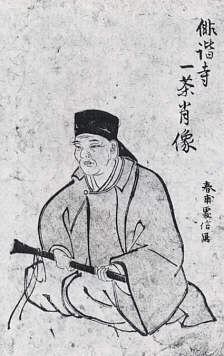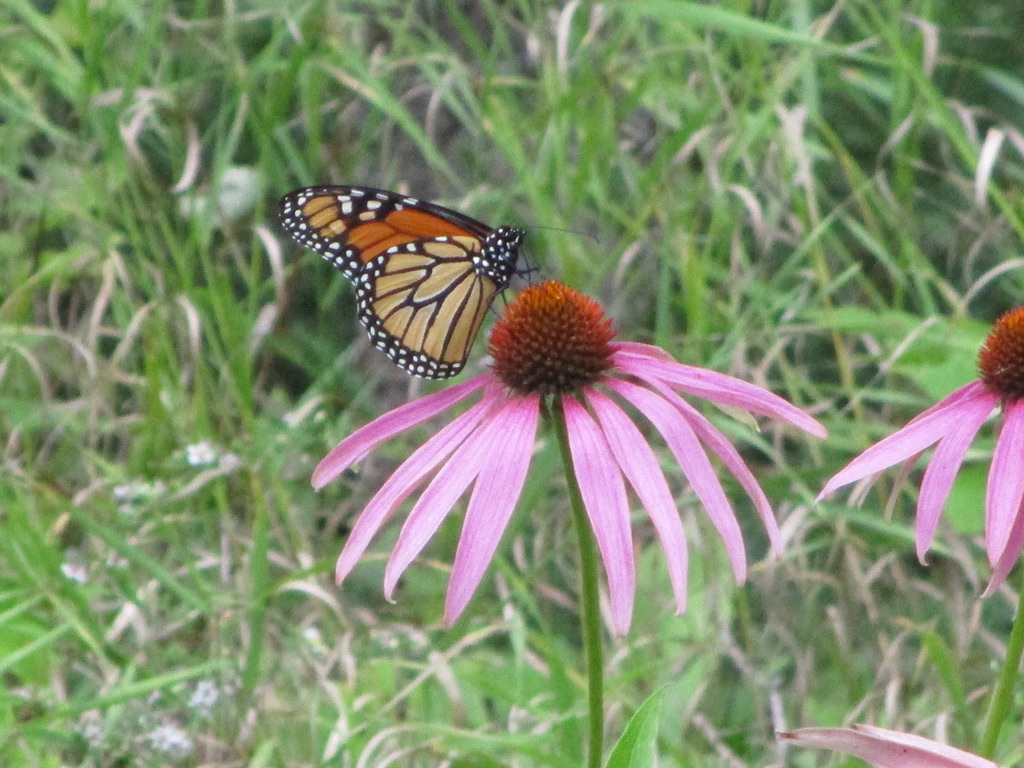Some years ago this blog ran a series of entries titled “The Politics of Eremitism.” Eremitism does not propose guidelines for others, but the guidelines for the person are themselves a cultural foundation as much as a personal one. The historical hermit (not necessarily the quirky individuals here and there) is eminently qualified to offer ethical and logical insights into what are the components of the most beneficent organization and functioning society.
This notion of practical hermit wisdom is not new. Ancient Chinese thinkers recognized the urgency of discovering society’s benign face. Confucius – who was not a hermit – realized that who holds power at whatever level should reflect values that promote benignity. He dedicated his life to crafting ideas and rituals that would reinforce cultural values. Throughout his life Confucius traveled the provinces of China to educate authorities in need of instruction. But even Confucius himself doubted whether he had convinced anybody in his efforts.
The famous anecdote wherein Confucius meets hermits presents the notion of the possibility of reforming society. Confucius was traveling between provinces and was lost. Stopping his carriage, he asked his attendant to get directions from a man plowing a field. The attendant introduced himself and the old man replied, “Why is your master traveling about trying to convince others? He should be fleeing the world instead of wasting time engaging it.” When the attendant returned to inform Confucius of what the man had told him, Confucius nodded and replied, “That was a hermit.”
Later, the Taoists presented an autonomous view of society, including Lao-tzu, Chuang-tzu, and the intriguing Tillers and Farmers school of thought. The latter promoted the (mythical) first king of China, Shennong, who was also the founder of agriculture and medicine, an herbalist and healer, befitting the notion of a perfect ruler because of Shennong’s high ethical standards. What greater king than one who governed so benignly that his subjects were content and prosperous, who governed so discretely that he was seldom seen but known through wise edicts, who governed so deferentially as to work shoulder to shoulder with the people plowing in the fields with them.
This was the sort of non-authoritarianism that could be labeled “the politics of eremitism,” that is, autarky. Autarky rejects authoritarianism that is domineering but also authoritarianism that is governance by a superior. Just as when Rousseau tells us that the notion of property is derived from the moment an obnoxious man stood on land and declared it to belong to him alone – so, too, is this how authoirty came to be. The concept of autarky is based not on the imposition of history, convention, or power, but on the values of the simple and natural, not grasping or covetous. As a society it would naturally follow “the Way,” would inevitably ensure wise action without institutionalization.
A famous Taoist saying is that the universe accomplishes its tasks through non-action (wu-wei). This is not a modern Stirner-egoism nor libertarian indifference, not celebration of self, as the West expresses antipathy for order versus power, for naturalness versus contrivance. Taoism envisions a society that functions with ethics derived from nature itself, not from a subjective attitude of individualism and not from existing political relations, institutions, or culture, which have historically and invariably devolved into a chronicle of suffering, exploitation, greed, and violence.
The American essayist and poet Gary Snyder found the philosophy of benignity in Zen Buddhism, itself an amalgam of Buddhism and Taoism. Snyder’s 1961 essay – anticipating a generation of Eastern thought that was to affect the West – is titled “Buddhist Anarchism,” and derives from the thought of the eighth-century Chinese hermit Han Shan (or Hanshan) among many other sources. The conformity to nature and the Way produces the manner of life and social association which Snyder calls “anarchism.” But Snyder does not derive this notion of anarchism from its historical advocates Proudhon, Kropotkin, or Bakunin. With Zen Buddhism there is no need for specifically Western inputs. In later years, Snyder refines the notion of anarchism with anthropological study of indigenous peoples, peoples with close relationship with nature, land, mountains, and rivers (including hermits described by the Japanese Zen master Dogen and poets of the “rivers and mountains” school in China).
The cultures Snyder references forged a constructive and benign social structure of mutual aid and self-sufficiency. The eremitical inputs might conjure benign elders, or shamans and sages, as Bill Porter has observed of the latter in ancient China. The hermits are the true sages in the maturing cultures of ancient Asia. Snyder saw the natural process as “wilding,” pursuit of a benign relationship with the natural world as a source of personal and social values. Especially in the “rivers and mountains” poetic tradition among Chinese hermits already alluded to, Snyder saw the connection to nature as both a revelation of insight and a source of physical and psychological livelihood.
Even in more societal and urban contexts, the historical hermits always reserved a “backroom” – as Montaigne put it – where they could commune freely with God, the Way, or nature, as they preferred, as was constituted their personal autarchy. Meanwhile, the rest of society would have to recognize these values or observe them percolate through sages if it aspired to this benign self-sufficiency.



